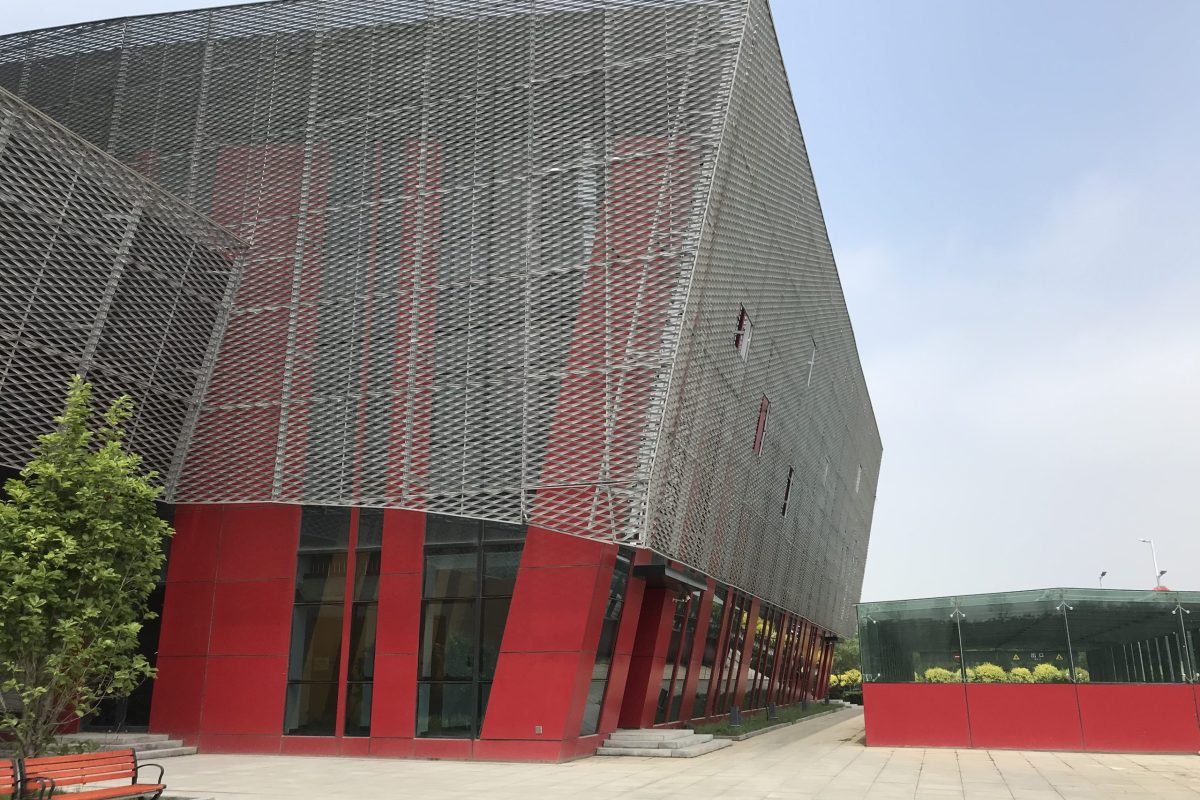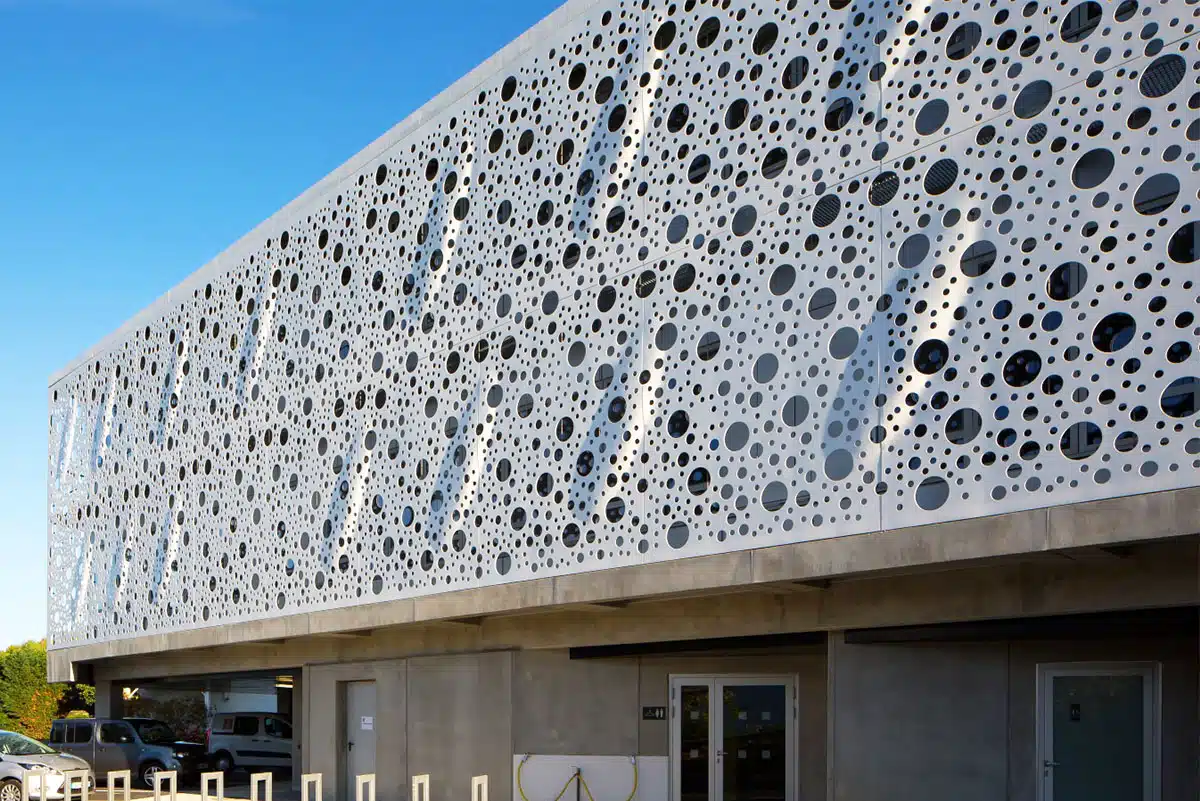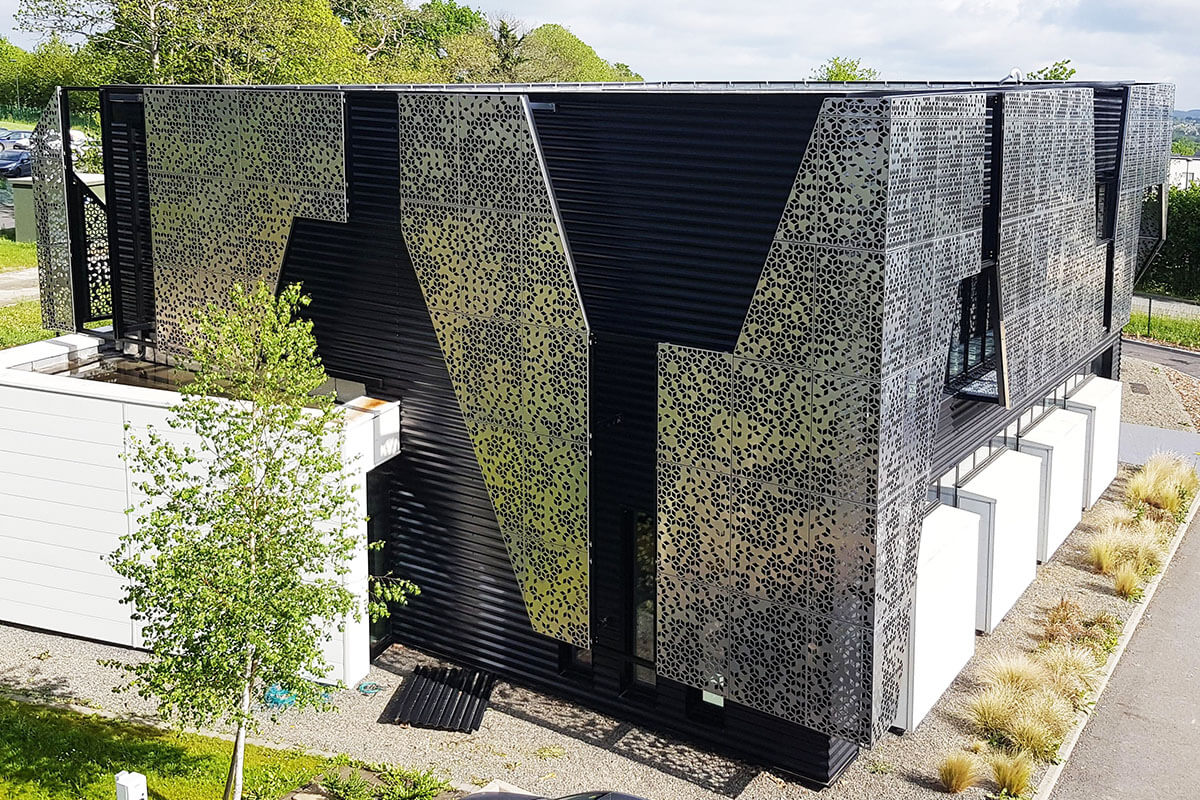How to Choose the Right Building Facade
In modern architecture, the building facade is not only the first visual impression but also a key component affecting energy performance, durability, and user comfort. Selecting the right facade material requires a balance of aesthetics, function, cost, and sustainability. One material that stands out in recent years is decorative wire mesh, offering a unique combination of design flexibility, durability, and environmental performance. This article provides a comprehensive guide on how to choose the right building facade, with a focus on the strengths of decorative wire mesh.
1. Understand Your Project Goals
Before selecting any facade material, clarify the primary objectives of your building. Are you aiming for bold visual impact, maximum energy efficiency, low maintenance, or all of the above? For projects where design freedom, transparency, and performance are equally important, decorative wire mesh is increasingly becoming the material of choice.
2. Evaluate Aesthetic and Design Flexibility
A building’s facade defines its character. Traditional materials like stone or brick offer solidity but are limited in shape and transparency. In contrast, decorative wire mesh comes in a wide variety of patterns, finishes, and materials, including stainless steel, copper, and aluminum. It can be woven, perforated, expanded, or etched to create dramatic light and shadow effects. Whether you’re designing a sculptural curve or a minimalist grid, this material can conform to any geometry with artistic precision.
3. Consider Light, Airflow, and Transparency
Modern buildings increasingly emphasize natural light and ventilation. Decorative wire mesh excels in this regard. Its open structure allows for controlled light penetration and air circulation, reducing the need for artificial lighting and mechanical cooling. With carefully selected aperture sizes and installation angles, you can achieve the perfect balance between transparency and shading.
4. Analyze Durability and Maintenance Needs
Facade materials must withstand environmental stressors like wind, rain, UV rays, and pollution. Materials such as wood or painted aluminum may fade or peel over time. In comparison, decorative wire mesh made from high-grade stainless steel or copper alloys resists corrosion, oxidation, and mechanical damage. It retains its integrity and appearance for decades with minimal maintenance, reducing long-term costs significantly.
5. Evaluate Environmental and Fire Performance
Sustainability is now a core criterion in building design. Metal mesh is 100% recyclable and often made from recycled materials. Its long lifespan and low maintenance reduce waste and resource consumption. Additionally, decorative wire mesh is non-combustible, offering excellent fire resistance and helping buildings meet increasingly strict safety codes.
6. Compare Installation and Cost Efficiency
Installation speed and total lifecycle cost are crucial for project success. Stone or glass systems often require heavy structural support and complex installation, increasing both cost and project timelines. Decorative wire mesh, being lightweight and flexible, is easier and faster to install, often over existing structures. It typically doesn’t require additional shading systems or ongoing repainting, making it an economical long-term investment.
7. Choose a Reliable Supplier
Finally, your choice of supplier can significantly impact the project outcome. A trusted manufacturer like HIGHTOP provides a complete range of decorative wire mesh solutions, from precision woven mesh to expanded and perforated styles. With extensive stock, fast delivery, and expert customization services, HIGHTOP ensures you get the right material to match your design intent and project schedule.
Choosing the right building facade involves balancing visual appeal, performance, and practicality. Decorative wire mesh stands out as a modern solution that meets these needs with elegance and efficiency. Its versatility in design, durability, and sustainability makes it a smart choice for architects and developers looking to create buildings that are not only beautiful but also built to last.
Please email us via the contact form below, we’ll get back to you as soon as possible.



